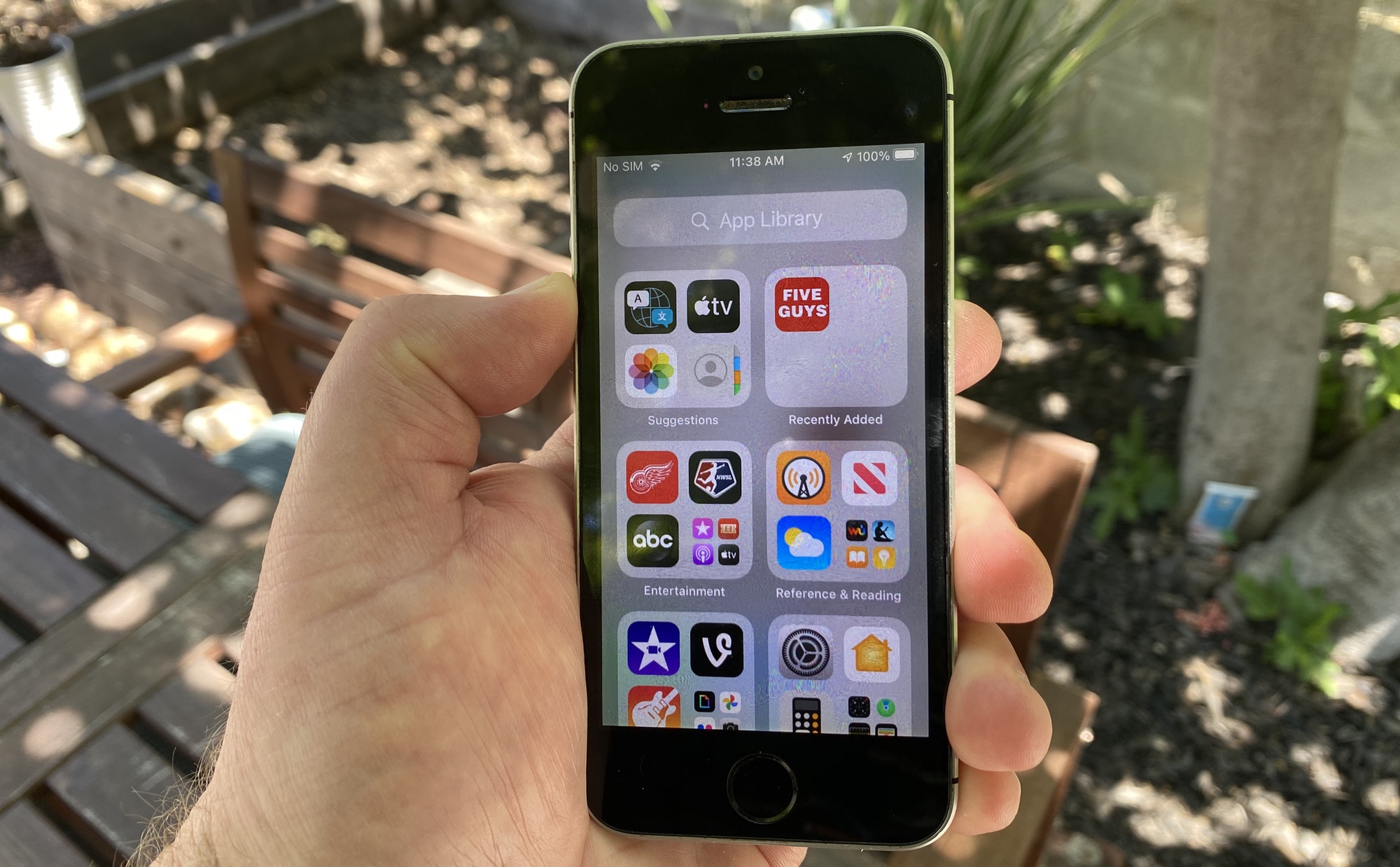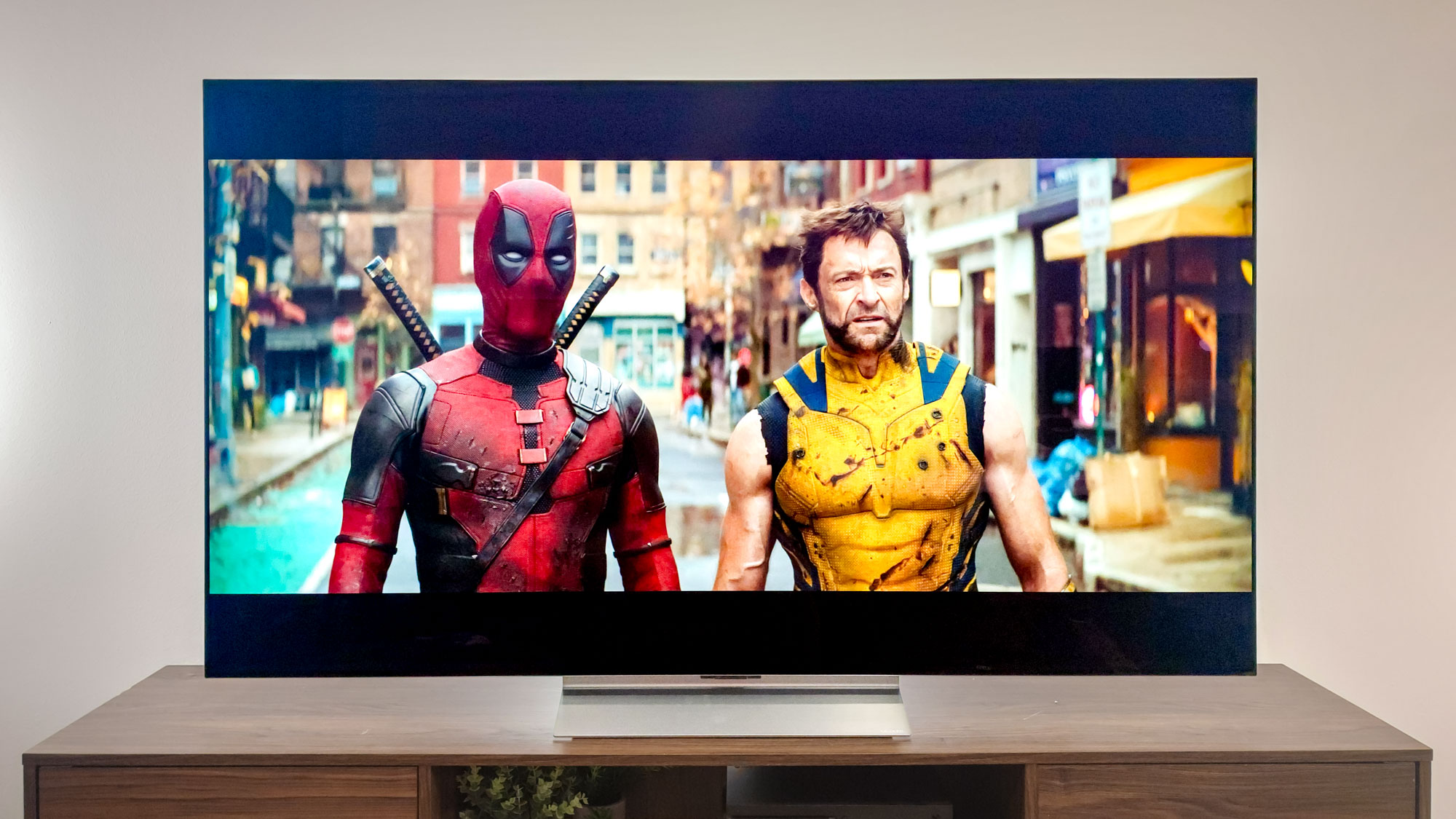iOS 14 compatibility guide: See if your iPhone can run the update
Compatibility for the new iOS 14 release stretches back to iPhones released five years ago

Apple's iOS 14 brings a ton of exciting new features — everything from major changes to your iPhone's home screen to new features for Maps and Messages. And with the final version of the iOS update arriving today (Sept. 16), it's time to experience those enhancements for yourself. Of course, that assumes iOS 14 will run on your current iPhone.
There's some good news in that regard. If you've bought a new iPhone in the last 5 years, the answer to "Will iOS 14 work on my iPhone?" is almost certainly yes.
- Here's what to expect with our iOS 14 hands-on
- Best iPhones: Which Apple phone should you get?
- iPhone 12: What to expect from Apple's next phone
According to Apple, the following devices can run iOS 14.
- iPhone 11
- iPhone 11 Pro
- iPhone 11 Pro Max
- iPhone XS
- iPhone XS Max
- iPhone XR
- iPhone X
- iPhone 8
- iPhone 8 Plus
- iPhone 7
- iPhone 7 Plus
- iPhone 6s
- iPhone 6s Plus
- iPhone SE (1st generation)
- iPhone SE (2nd generation)
- iPod touch (7th generation)
The oldest devices on that list are the iPhone 6s and 6s Plus and the original iPhone SE. The iPhone 6s family came out in the fall of 2015, while the first SE debuted in early 2016. So if you're holding on to those phones, at least you know that the next iOS update won't force you to upgrade your hardware if you want to keep your handset's software up to date.
Another way of thinking about iOS 14 compatibility: if your device is running iOS 13, you'll be able to upgrade to the new version in the fall.
Just because Apple says you can run iOS 14 on an older device, does that mean your experience will be up to par? All summer long, I've had iOS 14 developer beta running on an original iPhone SE, and I haven't seen any performance lags at all. I have noticed a hit on battery life, though it's hard to tell whether that's iOS 14's doing or whether it's because I'm using a phone I bought four years ago.
That said, in my experience, a lot of the new features introduced in iOS 14 benefit from the larger screens of more modern iPhones. Picture-in-picture works just fine on my iPhone SE, for example, but you can imagine how small window actually is on the SE's already compact 4-inch display. Similarly, moving around widgets apps on the iPhone SE's small screen is a bit of a challenge.
Sign up to get the BEST of Tom's Guide direct to your inbox.
Get instant access to breaking news, the hottest reviews, great deals and helpful tips.
Backward compatibility has been a long-standing advantage Apple holds over Android phones. Devices running Google's mobile OS usually get see two major software updates — sometimes fewer on budget devices. Apple's compatibility stretches back years, even if older devices can sometimes see a hit on performance or battery life with each successive iOS update. Apple's been working to mitigate that with recent iOS updates, though there's been little mention of that focus since iOS 14 was previewed at Worldwide Developers Conference.
If you want to upgrade to the new version of iOS on your compatible iPhone, here's how to download iOS 14.
Philip Michaels is a Managing Editor at Tom's Guide. He's been covering personal technology since 1999 and was in the building when Steve Jobs showed off the iPhone for the first time. He's been evaluating smartphones since that first iPhone debuted in 2007, and he's been following phone carriers and smartphone plans since 2015. He has strong opinions about Apple, the Oakland Athletics, old movies and proper butchery techniques. Follow him at @PhilipMichaels.

